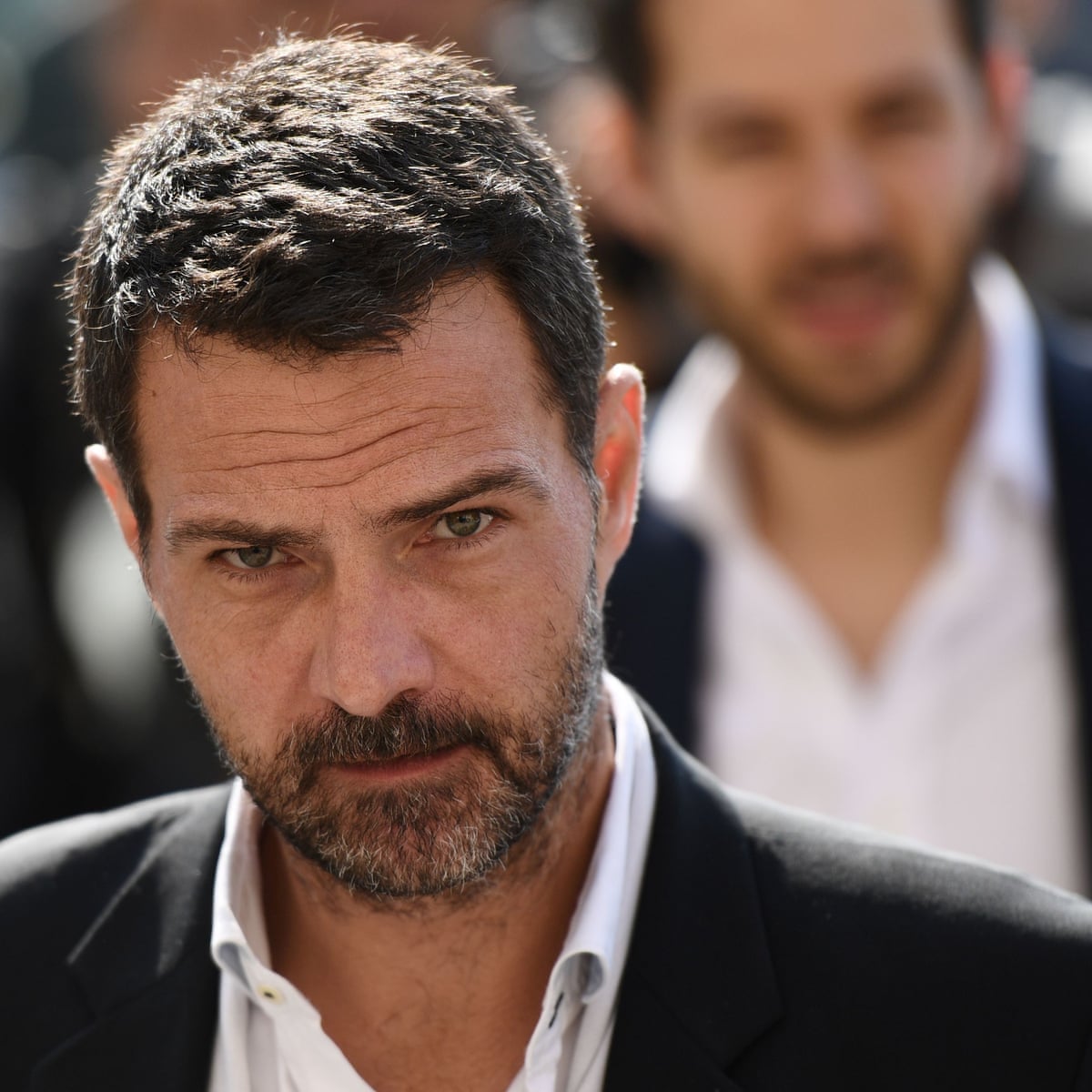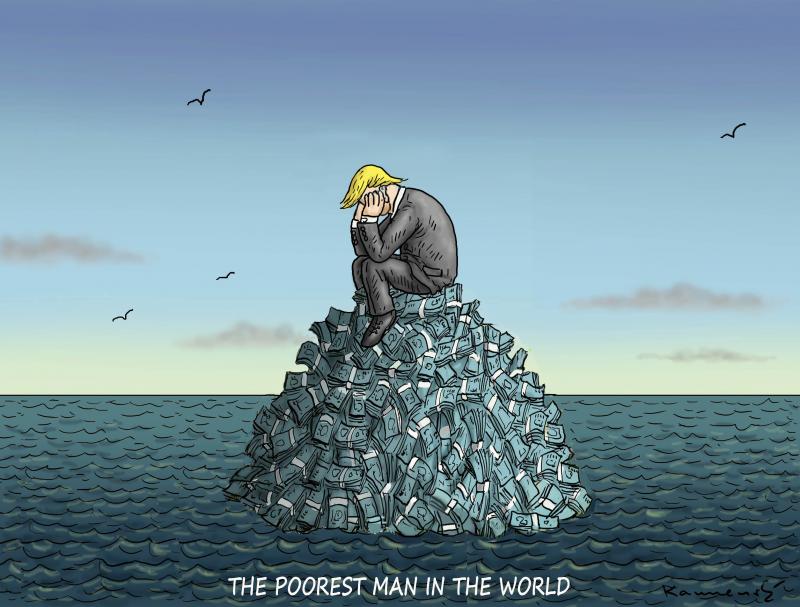When we talk about the poorest person in the world, we're diving into a topic that’s raw, emotional, and incredibly important. Poverty isn’t just about lack of money; it’s about access—or the lack thereof—to basic needs like food, shelter, healthcare, and education. While billionaires dominate headlines with their yachts and space trips, there’s another side of the coin that often gets overlooked. The poorest person in the world represents millions of individuals who are trapped in a cycle of deprivation. Let’s take a closer look at what this means and why it matters so much.
This isn’t just a number or a statistic; it’s a story of resilience, struggle, and the systemic issues that keep people in poverty. As we explore this topic, we’ll uncover the realities faced by those living below the poverty line and examine the forces that contribute to such extreme conditions. It’s not just about who the poorest person is but why they’re there and how we can help.
So buckle up, folks. This isn’t going to be an easy read, but it’s one that needs to be talked about. Poverty isn’t something that happens in a vacuum—it affects us all, whether directly or indirectly. Let’s dive in and see what we can do to make a difference.
Read also:Heather Clem Age Unveiling The Mystery Behind The Woman Who Made Headlines
Table of Contents
- Who Is the Poorest Person in the World?
- Understanding Global Poverty
- Biography of a Poor Individual
- Causes of Extreme Poverty
- Consequences of Poverty
- Solutions to Poverty
- Statistics on Global Poverty
- The Role of Government
- How You Can Help
- Final Thoughts
Who Is the Poorest Person in the World?
Now, here’s the thing about identifying the poorest person in the world—it’s not exactly like naming the richest. While we know Jeff Bezos or Elon Musk is sitting on piles of cash, pinpointing the absolute poorest individual is nearly impossible. Poverty is often hidden, and the people most affected by it are usually out of sight and out of mind.
That said, the poorest person in the world could be anyone—someone living in a remote village in Sub-Saharan Africa, a child in rural India, or even a homeless person in a bustling city like New York. What ties them together is their struggle to survive day-to-day, often without access to the basic necessities we take for granted.
Why Is It Hard to Identify?
Identifying the poorest person is tricky because poverty isn’t just about income. It’s about access to resources, healthcare, education, and opportunities. Someone might have a roof over their head but no food to eat, while another might have food but no clean water. It’s a complex web, and it’s hard to quantify.
- Poverty is often invisible, especially in rural or remote areas.
- Data collection in these regions can be sparse or nonexistent.
- Many people living in extreme poverty don’t have official documentation, making it even harder to track them.
Understanding Global Poverty
Global poverty is a beast that takes many forms. It’s not just about having no money; it’s about the lack of opportunities, resources, and support systems. According to the World Bank, extreme poverty is defined as living on less than $1.90 a day. That’s not even enough to buy a coffee in most parts of the world.
Key Factors Contributing to Global Poverty
Several factors play a role in perpetuating poverty:
- Economic Inequality: Wealth is unevenly distributed, leaving billions struggling to make ends meet.
- Conflict and War: Wars destroy infrastructure, displace people, and disrupt economies.
- Corruption: In some countries, corruption diverts resources away from those who need them most.
- Lack of Education: Education is a powerful tool for breaking the cycle of poverty, but many can’t access it.
Biography of a Poor Individual
Let’s zoom in on one individual to understand what life looks like for someone living in extreme poverty. Meet Amina (not her real name), a 35-year-old mother of three living in a small village in Kenya.
Read also:Frankie Iglesias Now The Untold Story Behind The Rising Star
| Name | Amina |
|---|---|
| Age | 35 |
| Country | Kenya |
| Children | 3 |
| Income | Less than $1 a day |
| Education | No formal schooling |
Amina wakes up every morning at dawn to fetch water from a nearby well. She spends hours walking to and from the well, carrying heavy buckets on her head. Her children often go to bed hungry, and she struggles to send them to school because she can’t afford the fees. Life for Amina is a daily battle, and she dreams of a better future for her kids.
Challenges Faced by Amina
- Limited access to clean water
- No formal education for herself or her children
- Dependence on subsistence farming
- No healthcare facilities nearby
Causes of Extreme Poverty
Extreme poverty doesn’t happen in isolation. It’s the result of a combination of factors that create a vicious cycle. Here are some of the main causes:
One of the biggest drivers of extreme poverty is economic inequality. Wealth is concentrated in the hands of a few, leaving the majority struggling to survive. In many countries, the gap between the rich and the poor is widening, making it harder for those at the bottom to climb the ladder.
Conflict and war also play a significant role. When wars break out, infrastructure is destroyed, people are displaced, and economies are disrupted. This creates a perfect storm for poverty to take root and thrive.
Other Contributing Factors
- Climate change: Droughts, floods, and other natural disasters can devastate communities.
- Corruption: Corruption diverts resources away from those who need them most.
- Lack of education: Education is a powerful tool for breaking the cycle of poverty, but many can’t access it.
Consequences of Poverty
The consequences of poverty are far-reaching and devastating. It affects not just the individual but entire communities and nations. Here are some of the most significant impacts:
Health is one of the first casualties of poverty. Without access to healthcare, preventable diseases can become life-threatening. Malnutrition is also a common issue, leading to stunted growth and developmental delays in children.
Educational opportunities are often limited, perpetuating the cycle of poverty across generations. Children who grow up in poverty are less likely to attend school and more likely to drop out early.
Social Impacts
- Increased crime rates
- Higher levels of stress and mental health issues
- Strained family relationships
Solutions to Poverty
Solving poverty isn’t easy, but it’s not impossible either. There are several approaches that can make a difference:
Education is one of the most powerful tools for breaking the cycle of poverty. By providing access to quality education, we can empower individuals to improve their lives and the lives of their families.
Investing in infrastructure, such as roads, schools, and healthcare facilities, can also have a significant impact. When people have access to these basic necessities, they’re better equipped to lift themselves out of poverty.
Other Potential Solutions
- Microfinance initiatives
- Job creation programs
- Government policies aimed at reducing inequality
Statistics on Global Poverty
Numbers can sometimes tell a story better than words. Here are some key statistics on global poverty:
- Over 700 million people live in extreme poverty worldwide.
- Sub-Saharan Africa has the highest poverty rate, with over 40% of the population living on less than $1.90 a day.
- Women and children are disproportionately affected by poverty.
The Role of Government
Governments play a crucial role in addressing poverty. Through policies and programs, they can create an environment that supports economic growth and reduces inequality.
Investing in social safety nets, such as unemployment benefits and healthcare, can help cushion the blow of economic hardship. Governments can also work to reduce corruption and ensure that resources are distributed fairly.
How You Can Help
Feeling overwhelmed by the scale of the problem? Don’t worry, there are things you can do to make a difference:
- Support charities and organizations working to alleviate poverty.
- Advocate for policies that address inequality and promote economic justice.
- Volunteer your time and skills to help those in need.
Final Thoughts
In conclusion, the poorest person in the world represents a larger issue that affects millions of people globally. While we may not be able to pinpoint one individual as the absolute poorest, we can work together to address the root causes of poverty and create a more equitable world.
So what’s next? Take action! Whether it’s through supporting organizations, advocating for change, or volunteering your time, every little bit helps. Together, we can make a difference and ensure that no one is left behind.
Let me know your thoughts in the comments below. Who do you think is the poorest person in the world, and what can we do to help them? Share this article with your friends and let’s start a conversation about poverty and how we can end it.


